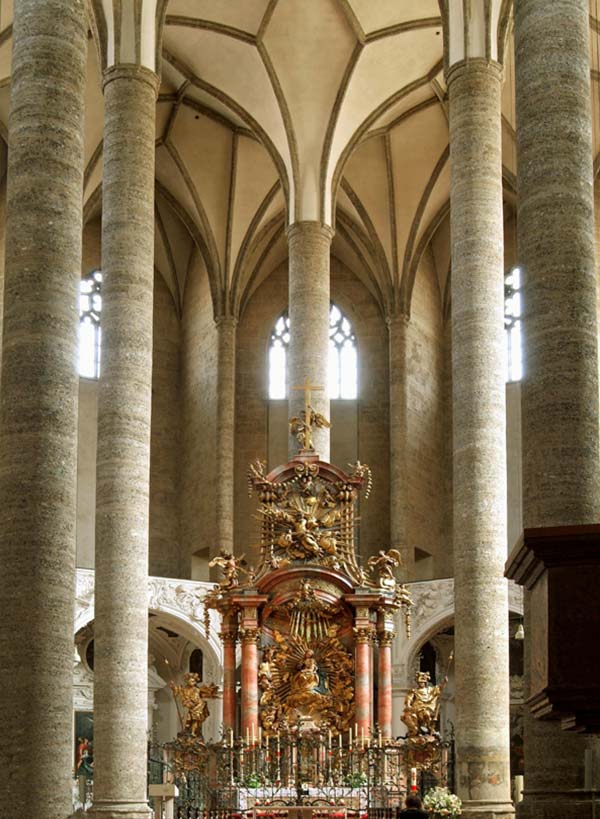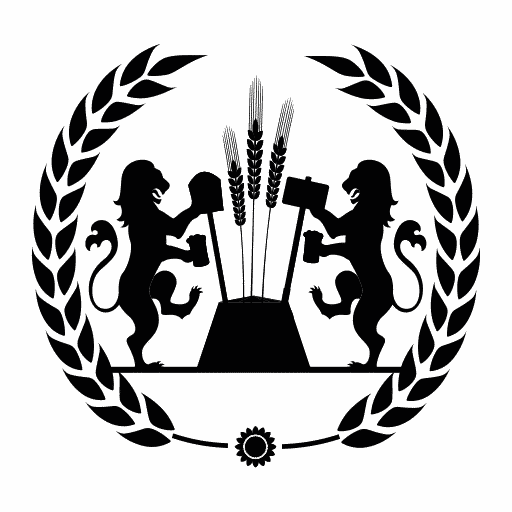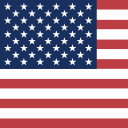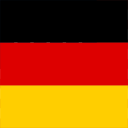The Franciscan Church
The Gothic church of the citizens
The new construction
At the turn of the 12th century
Unfortunately, nothing is known about the beginnings of the church, some claim that it is even older than the Salzburg Cathedral. Its construction is dedicated to St. It is attributed to Virgil and, like almost all Salzburg’s places of worship, it was ravaged by fires and fell victim to Emperor Frederick Barbarossa’s punitive judgment in 1167. With its new construction at the turn of the 12th century, the up-and-coming Salzburg bourgeoisie made its mark, which was further strengthened at the beginning of the 15th century. The self-confident bourgeoisie could afford to renovate the church and to bring to Salzburg the then most famous master builder of the surrounding area, Hans von Burghausen. Hans von Burghausen had made a name for himself at the time with his church buildings in Landshut and Neuötting. His masterpiece is the magnificent hall choir, which creates that effective contrast of light and dark that makes the Franciscan church so special.

The history of the Franciscan church – like that of Salzburg Cathedral – goes back to the early days of Christian Salzburg. Both places of worship are characterized by their strong contrasts: on the one hand, the cathedral, the domineering Baroque Episcopal church, and on the other, the Franciscan church, a slender Gothic church of the burghers. Salzburg Cathedral, a building of religious representation, the Franciscan Church a place of quiet contemplation. The Franciscan Church is open daily from 06.30 – 19.30.
Structural changes
A connecting corridor to the residence
Over the years, the respective reigning archbishops made structural changes to the Franciscan church, for example, Wolf Dietrich created a connecting passage to the residence. Inside the church present 4 chapels, all from the 17th century. Wolf Dietrich’s successor, Markus Sittikus, dedicated the chapel on the north side to his uncle Charles Borromeo. Next is Wolf Dietrich’s chapel with a depiction of the Nativity. Opposite are the Anna Chapel of Archbishop Max Gandolf with paintings by Christoph Lederwasch and the chapel of Johann Ernst Thun with a St. Francis cycle by Johann Michael Rottmayr.
Archbishops and citizens seemed to compete with each other to immortalize themselves in the Franciscan church, evidence of art of almost all styles from the Romanesque to the present are united.





